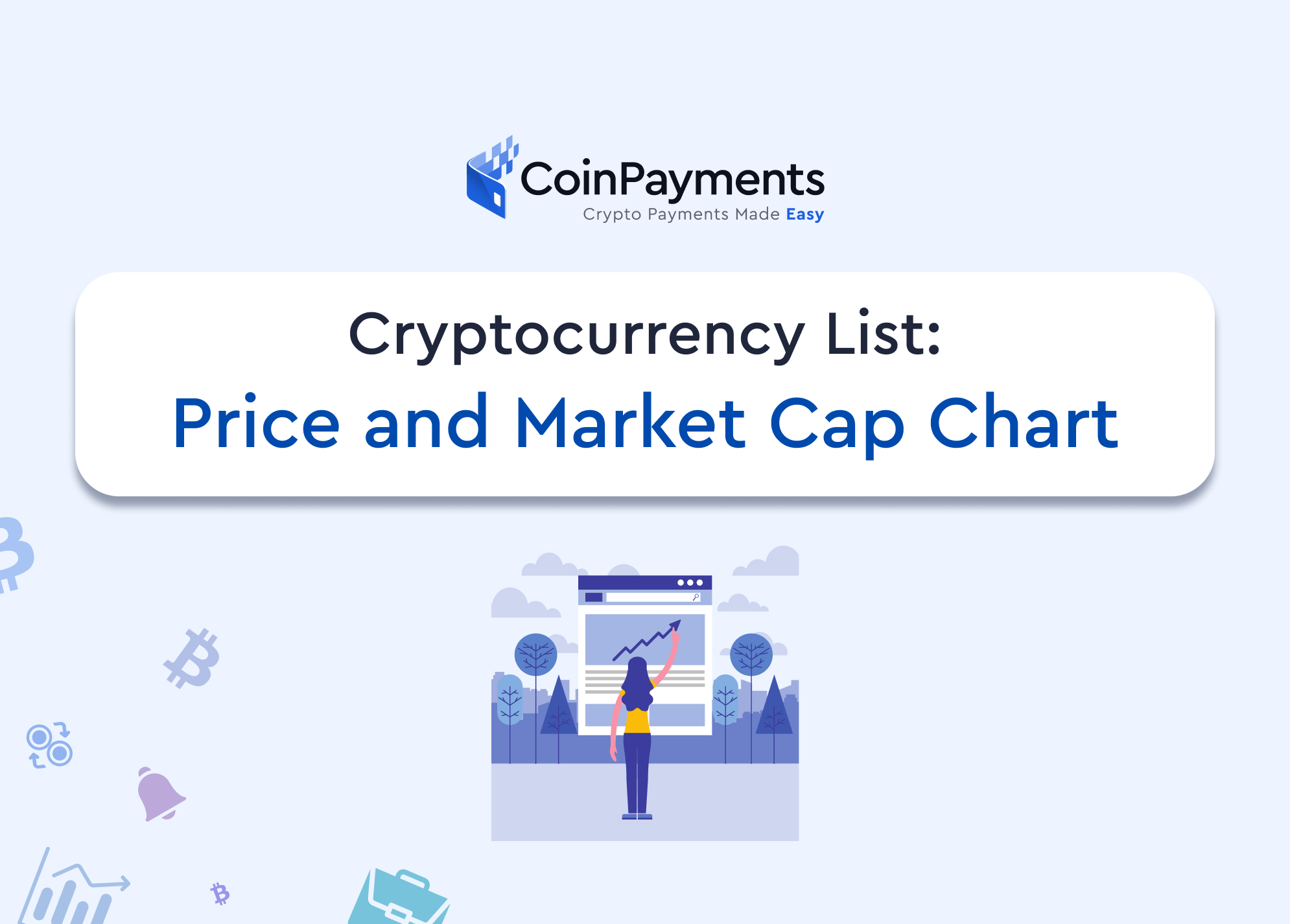
Cryptocurrency is the cash of the future. But which cryptocurrencies should you pay attention to? Everyone knows about Bitcoin at a bare minimum, but there are thousands of different digital coins available, and more are being created each day.
Even if you have some experience in the crypto market, it can be tough to know which cryptocurrencies are most worth your time and attention or to understand which coins are most likely to be valuable in the future.
Let’s break down the top cryptocurrencies to pay attention to.
Naturally, Bitcoin is at the top of this list thanks to its ubiquity and history. It was the first major cryptocurrency to be launched, plus the original blockchain-based cryptocurrency. Originally created in 2009, it has since attracted millions of different investors and is the largest digital token by market cap.
This is because Bitcoins are scarce by design. There will only ever be 21 million Bitcoins in circulation. Thus, entering the BTC market may be a good idea, as Bitcoin stands the best chance of becoming adopted by the mainstream market as a truly worldwide currency sometime in the future.
Created in 2014 by Vitalik Buterin and Gavin Wood, Ethereum is another important cryptocurrency that uses the proprietary Ethereum blockchain. This unique digital token has value because of its compatibility with decentralized applications, which is facilitated through the use of smart contracts.
Because of this design, lots of decentralized finance or “DeFi” projects use Ethereum rather than any other type of digital token. While the total number of Ether coins to be mined has yet to be determined, this token is sure to evolve in a positive direction in the future. It will transition to a new “proof-of-stake” mechanism some time in the future, which may help minimize the centralization problems affecting other sections of the crypto market.
Don’t forget Litecoin: a cryptocurrency launched in 2011 and one of the first to follow in Bitcoin’s footsteps. Some consider it to be the “silver” to Bitcoin’s “gold.” Litecoin works based on an open-source global payment network controlled by a decentralized authority. It uses scrypt as a proof of work – more importantly, these proofs of work can be decoded with consumer-grade CPUs rather than super expensive machines.
Compared to Bitcoin, Litecoin has a faster block generation rate, and so any transactions through it are confirmed more quickly. More merchants than ever before are adopting Litecoin, which bodes well for its future.
Bitcoin Cash is an altcoin fork from Bitcoin (hence the name). The people behind BCH split from the core Bitcoin team in 2017 because of a disagreement with Bitcoin’s network size and scalability (all BTC blocks are limited to 1 MB size).
In contrast, BCH allows for block sizes from 1 MB to 8 MB, allowing more transactions to be held within individual blocks. In theory, this may allow for faster transaction speeds. For now, BCH is still unproven compared to its original counterpart. But it may still be a good idea to pay attention to this coin as it evolves and more people adopt it.
Stellar or XLM is a digital coin designed for enterprise solutions since it can connect financial institutions and facilitate large transactions. Due to its design, massive transactions between investment firms or banks can complete almost instantaneously without intermediaries or potentially expensive fees.
This unique market focus doesn’t mean you’re barred from using Stellar. In fact, anyone can still use this open blockchain currency. Stellar uses the native currency Lumens – and all network users have to hold Lumens if they want to transact on this network. This digital token could end up being one of the most advanced. It all depends on whether big investment firms do adopt it as intended.
Binance Coin is BNB is a unique type of utility cryptocurrency that you can use to pay the fees when trading on the Binance Exchange. If you have this coin, you can trade on the Binance Exchange for a reasonable discount.
Originally, this coin operated on the Ethereum blockchain, but it eventually split off and now uses a proof of stake consensus model. It’s proliferating, enjoying nearly $7 billion in market cap at the time of this writing.
Who could forget Dogecoin, which seems to be powered by meme generation alone? This “joke” coin began in 2013 and was meant to be an ironic mockery of the very concept of cryptocurrencies or altcoins (any crypto tokens that are not Bitcoin).
Because of this original intention, Dogecoin has infinite inflation potential (i.e., there’s no constraint on its supply). The coin has recently gained value because of its meme status, but keep in mind that there isn’t any real value or worth behind the token, and it’s unlikely to be adopted in any widespread way in the future.
Last but not least is XRP – the native currency for Ripple, another blockchain – is worth paying attention to. It has a finite supply of 100 billion tokens ever that can be mined, and it was originally intended to be a currency for exchanges within networks for financial institutions. For now, RippleNet payments global banks like American Express and Bank of America primarily use RippleNet payments.
That said, the SEC recently sued the parent company of XRP for securities fraud. It remains to be seen whether this token will really take off or if it will eventually be abandoned in favor of alternatives like BTC or Stellar.
All in all, the above eight digital tokens are the most well-known on the market today. They’re also the coins most likely to impact cryptocurrency adoption or the broader economy significantly. You can even use CoinPayments to accept these tokens for your business.
Sources
Bitcoin vs. Bitcoin Cash: Differences Explained | Investopedia